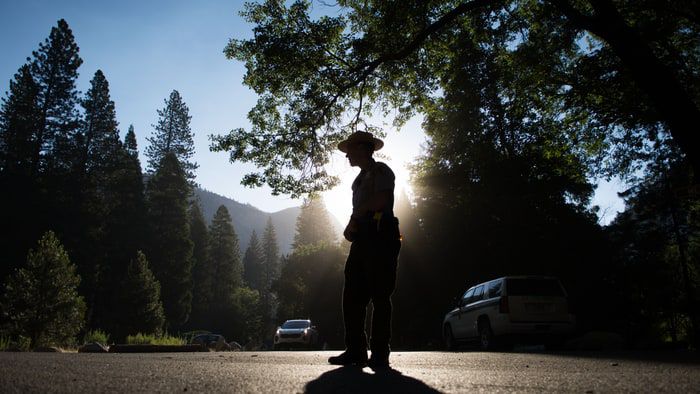The New Federal Land Transfer Rules, Explained
On the first day of its new session, the U.S. House of Representatives changed its own rules, easing the transfer of federally held lands to state governments and localities. This was one small, mostly symbolic step to give more power to the states, a goal a GOP-held government has long wished for. We asked David Dana, the Kirkland & Ellis Professor of Law at Northwestern’s Pritzker School of Law, what the new rules are and what it means for environmental groups that are, yet again, up in arms.
What are federal land transfers?
The federal government owns a lot of land, especially in the American west. There’s a complicated procedure where it can legislatively transfer land from to a state government. They don’t happen that often, but typically they’re done on a case-by-case basis.
ALSO: Are American Hunters the Last Great Hope for Conservation?
What are the new rules, and how do they play into federal land transfers?
The House has a general rule that requires for any action that might have budgetary implications for the federal government, the GAO (General Accounting Office) do an assessment as to how much money that would cost the federal government. And then, theoretically, the House would have to identify other recommended cuts in the federal budget to offset that. For most of these lands, the federal government loses money when it transfers the land to the state for free. What the house just did is they amended their rule to say that the rule doesn’t apply to transfers of land, so then they don’t have to assess what the budgetary impacts would be for transferring land for free from the federal government to the state government. And they don’t have to recommend any offsetting budget cuts. It’s an early attempt to make it easier to push for specific transfers of land later.
What are some of the potential benefits and drawbacks of transferring land from the federal government to the states?
What the advocates in the House would say is that the state governments could manage the land better. State governments are closer to relevant interest groups — ranchers, miners, and loggers. State governments might also be more sensitive to spillover effects between what happens on federal lands and neighboring tribal lands or state lands.
But most environmental groups see it as a way to avoid federal environmental review for leases. A lot of this land is under “multiple-use mandate,” so it’s not to be just used for mining or logging — it’s also supposed to be used for its wildlife and recreational values. A lot of environmental groups see this as a way to cut off those values: The fear is that the state and counties will be less sensitive to that, and they won’t be under the same federal mandates. It’s mostly to the benefit of the state governments — they now have a revenue source. And it also is probably intended to limit the environmental arguments for limiting leasing.
How have federal land transfers gone historically?
There’s been relatively few devolutions where federal lands have been transferred back to the states. Even the [phrase] "transferred back" is a little incorrect — a lot of these lands really came in as federally reserved lands at the time of their incorporation, and they’ve never really been state lands. There’s the legal reality, which is this is federal land, but there’s always been this other idea that — where people who live in those areas in some sense believe it belongs to the people who work there, the miners and loggers and ranchers, and for a long time they’ve actually felt a different level of control. Legally, they’ve always been federal lands, but culturally, there’s always been a lot of pushback.
How alarmed should environmentalists be?
For environmental groups who have come out very strongly against this House rule, it’s seen as a larger effort to shift some state land back to private control: the states and the counties with fewer environmental controls. The Federal Endangered Species Act has been one of the statutes that limits what can be done on federal land. So if you take a piece of land and move it away from federal ownership to state ownership, a lot of the habitat protection is weakened. For example, in the Pacific Northwest, if you didn’t have the Endangered Species Act in play, you probably would have a different pattern of logging than you do now.
Do you think the new administration will be supportive of the House’s effort?
It sounds like the new administration will be much more amenable to more intense leasing, even though a lot of that’s already happened under the Obama administration. But whether the administration would actually support transferring lots of land to the state government is less clear. As a practical matter, it’s very unusual in history to see one government give away a lot of land or resources. This particular thing the House is doing seems to be symbolic, because it would all require legislation and it would require support by the administration to start moving federal lands to the states.
Could you see such legislation coming in the pipeline?
The current style is to tuck pieces of legislation into these omnibus bills, where it’s a thousand things put together. It might be part of a package, and if I had to guess, I would say they would focus on particular areas where there’s been a lot of agitation from the state governments. They would only focus on state governments that supported this, which is only some states — some states wouldn’t want the responsibility.
